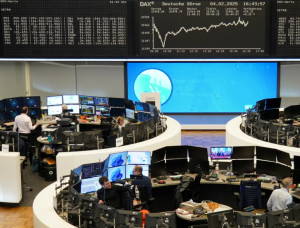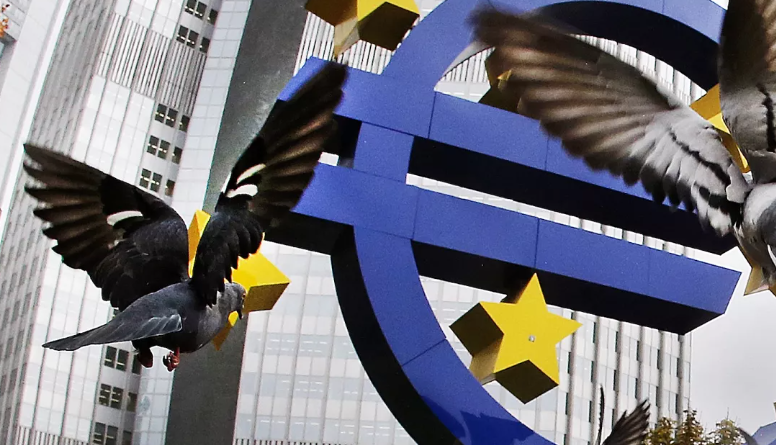European Markets Surge in Early 2025: A Strong Start to the Year
Kevin Abbaszadeh
Staff Writer
European Markets Surge in Early 2025: A Strong Start to the Year
European stock markets have kicked off 2025 with a strong rise, outpacing the U.S. and gaining momentum as investors show stronger confidence in the region’s economic prospects. The STOXX 600, a broad measure of European stocks, has climbed over 5% since January, reaching new highs. Major indexes such as Germany’s DAX and France’s CAC 40 have also surged, reflecting optimism in corporate earnings, economic policies, and global stability.

So What’s Driving the Growth?
Several key factors have contributed to this bullish trend in European markets: many European companies have reported strong financial results, exceeding expectations. Large firms such as Nestlé and Siemens have posted impressive earnings, reinforcing confidence in European businesses. Nestlé’s stock, for example, jumped significantly after reporting solid annual growth, helping drive market optimism.
The European Central Bank (ECB) has played a crucial role in fueling market gains. The ECB cut interest rates in early 2025 to stimulate economic growth, making borrowing cheaper for businesses and consumers. Investors are now expecting further rate reductions, which could provide additional support for stock prices in the coming months.
Political uncertainty has eased slightly, giving markets a boost. Talks between Russia and Ukraine have shown some progress, reducing fears of prolonged instability in the region. Additionally, diplomatic efforts from the U.S. and European leaders have contributed to a more stable outlook. With fewer immediate threats to global trade and energy supplies, investors have felt more comfortable taking risks in European stocks.
One of the biggest factors driving investors toward European markets is the new wave of tariffs introduced by U.S. President Donald Trump. In early 2025, the Trump administration imposed higher tariffs on Chinese and Mexican imports, leading to concerns over rising costs for American businesses. As a result, many investors have shifted their focus to European stocks, which are not directly affected by these trade restrictions.
European manufacturers and exporters, particularly in industries like automotive, machinery, and consumer goods, have benefited from this shift. With U.S. businesses facing higher input costs due to tariffs, European companies have gained a competitive edge in global trade. This has led to an increase in foreign investment in European markets, further fueling stock market growth.
Certain Sectors Standing Out
Higher oil and gas prices have pushed stocks of major energy companies like BP and Shell higher. With demand remaining strong, energy firms are enjoying increased profits.
European tech firms, which lagged behind U.S. giants in previous years, are now gaining traction. Companies in artificial intelligence and semiconductor manufacturing have been key winners.
Banks have also benefited from the improved economic outlook. With lower interest rates encouraging more borrowing, financial institutions are seeing increased activity.
European carmakers such as Volkswagen and BMW have seen increased investor interest, as Trump’s tariffs make American and Chinese competitors less attractive to global consumers.
How Long Will the Rally Last?
Despite the strong start to the year, questions remain about how long the European rally can continue. Some analysts warn that potential challenges, such as inflation risks and global economic slowdowns, could impact the pace of growth. However, for now, the positive sentiment remains strong, and European markets are enjoying a well-deserved moment in the spotlight. As 2025 progresses, investors will be watching closely to see if Europe can maintain its lead over the U.S. and other global markets. If economic conditions remain favorable and earnings continue to impress, European stocks could remain a top-performing asset class this year.
Contact Kevin at Kevin.Abbaszadeh@shu.edu

